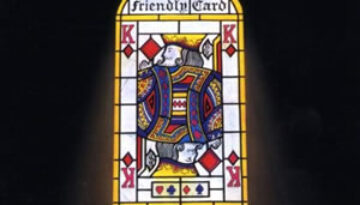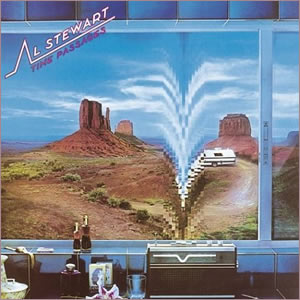Year of the Cat by Al Stewart
Buy Year of the Cat It took Al Stewart more than a decade of grind and seven studio albums before it finally achieve a measure of mainstream success with the release of Year […]

Buy Year of the Cat It took Al Stewart more than a decade of grind and seven studio albums before it finally achieve a measure of mainstream success with the release of Year […]

Buy Turn of a Friendly Card Alan Parsons Project produced one of their more accessible albums with, Turn of a Friendly Card, a quasi-concept record which concludes with a sixteen-minute-plus title suite. The […]

Buy Time Passages Time Passages was the third of Al Stewart‘s popular late seventies albums, following Modern Times in 1975 and Year of the Cat in 1976. While all three of these albums […]

Buy Dark Side of the Moon Perhaps the most complete concept album of all time, The Dark Side of the Moon was the ultimate redemption for Pink Floyd. Culminating years of progressive and […]